All over Australia there are sites where you can find wonderful examples of aboriginal rock art and prehistoric cave paintings in a range of styles.
One particularly interesting style is the cross-hatch or "X-ray" art found in the Arnhem Land and Kakadu region of the Northern Territory. These paintings from long ago, some as much as 40,000 years old, are representations not only of the indigenous creatures of the region, such as fish, turtles, and kangaroos but also of mythological creatures, the Mimi spirits, who are believed to be creation ancestors who taught the people all that they needed to know.
Another form of rock art is the "Bradshaws" in the Kimberley region of Western Australia. Again, many of these date back thousands of years. Known as "gwion gwion" by the natives, legend has it that birds created them using their own blood and feathers to draw the figures.


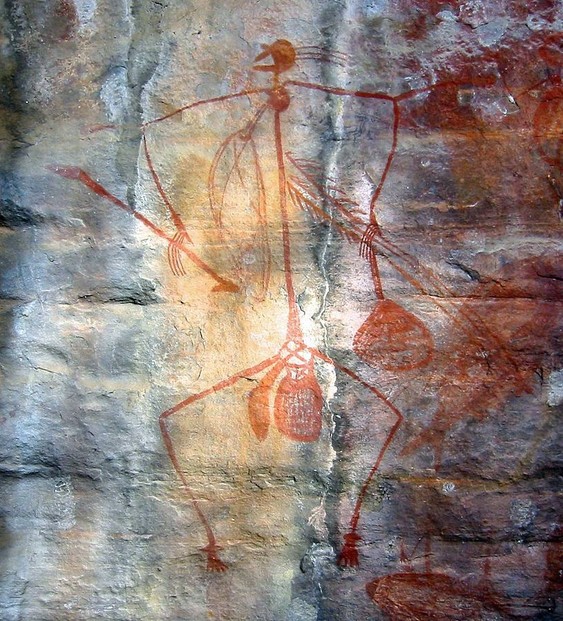
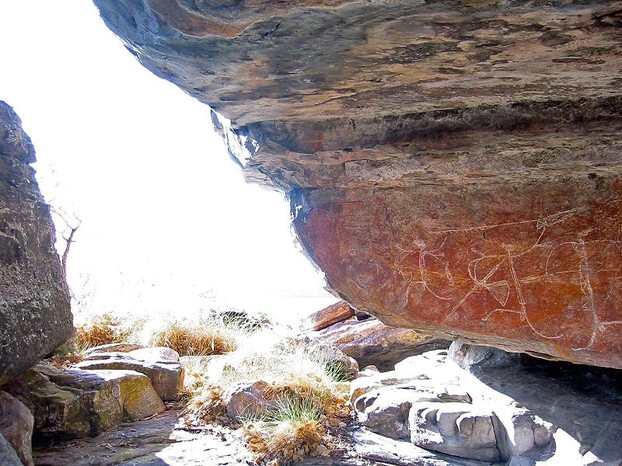
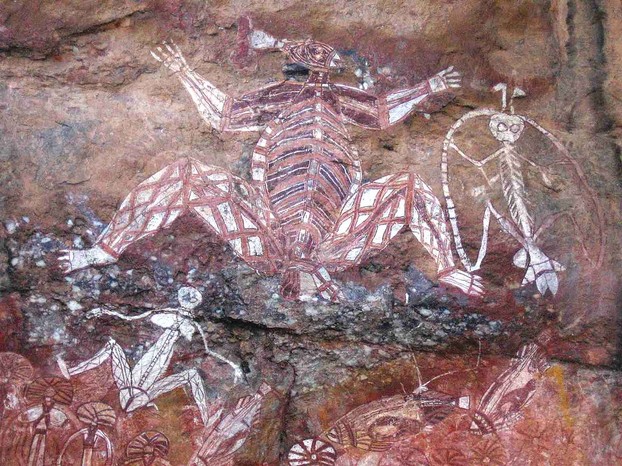
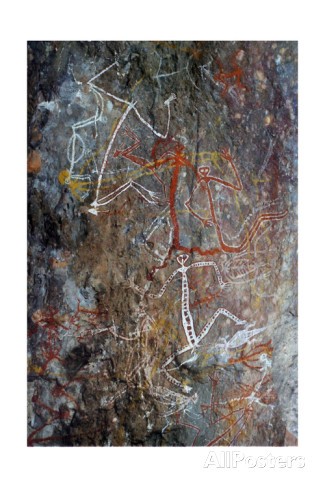
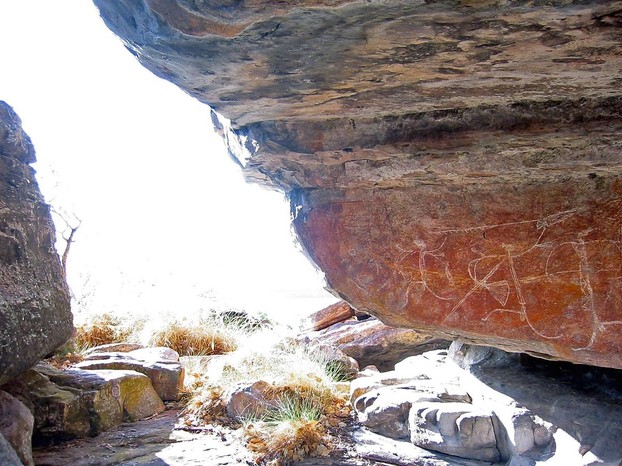
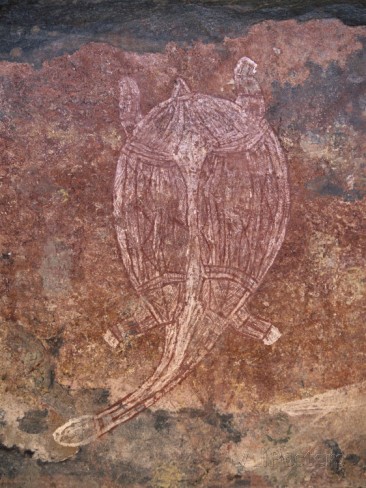
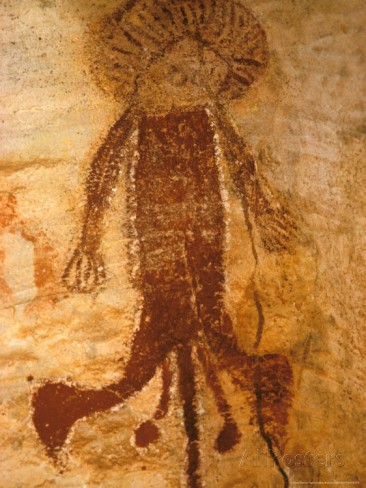
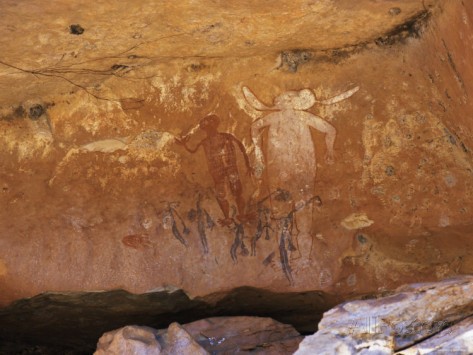

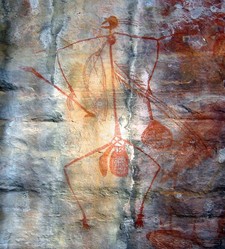

 Best "Nutcracker" Movie of all Timeon 03/08/2019
Best "Nutcracker" Movie of all Timeon 03/08/2019
 Lascaux Cave Paintingson 01/18/2018
Lascaux Cave Paintingson 01/18/2018
 Bridges of the Hudson Valleyon 11/20/2017
Bridges of the Hudson Valleyon 11/20/2017
 Great Pyramids of Gizaon 11/14/2017
Great Pyramids of Gizaon 11/14/2017

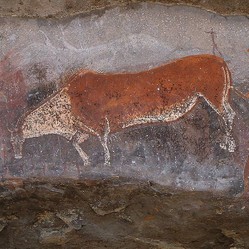
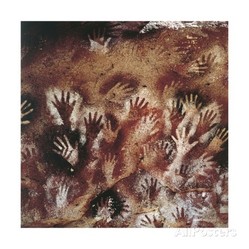
Are you Amazed by this Rock Art?
Interesting stories about the Mimi spirits, who live in the nooks and crannies of the rocks :) and the story about the birds is just as nice :)
Whether drawn by Mimi spirits (I like that idea) or blood of birds, aboriginal rock art provided an interesting read for me with my morning coffee. Thank you.
Yes I am ! I love art that comes from nature and this is just stunning .
Thank yo so much for posting this.
I have seen Perth Mint coins showing modern aboriginal art, and these have a similarity, There is some difference in that modern pieces use short lines arranged to outline a piece when done one after the other, or a series of dots as it were. Yet, there is a similarity.
Isn't the Kadadu region tropical? Yet they have survived. Amazing to have them so well preserved in a damp environment.